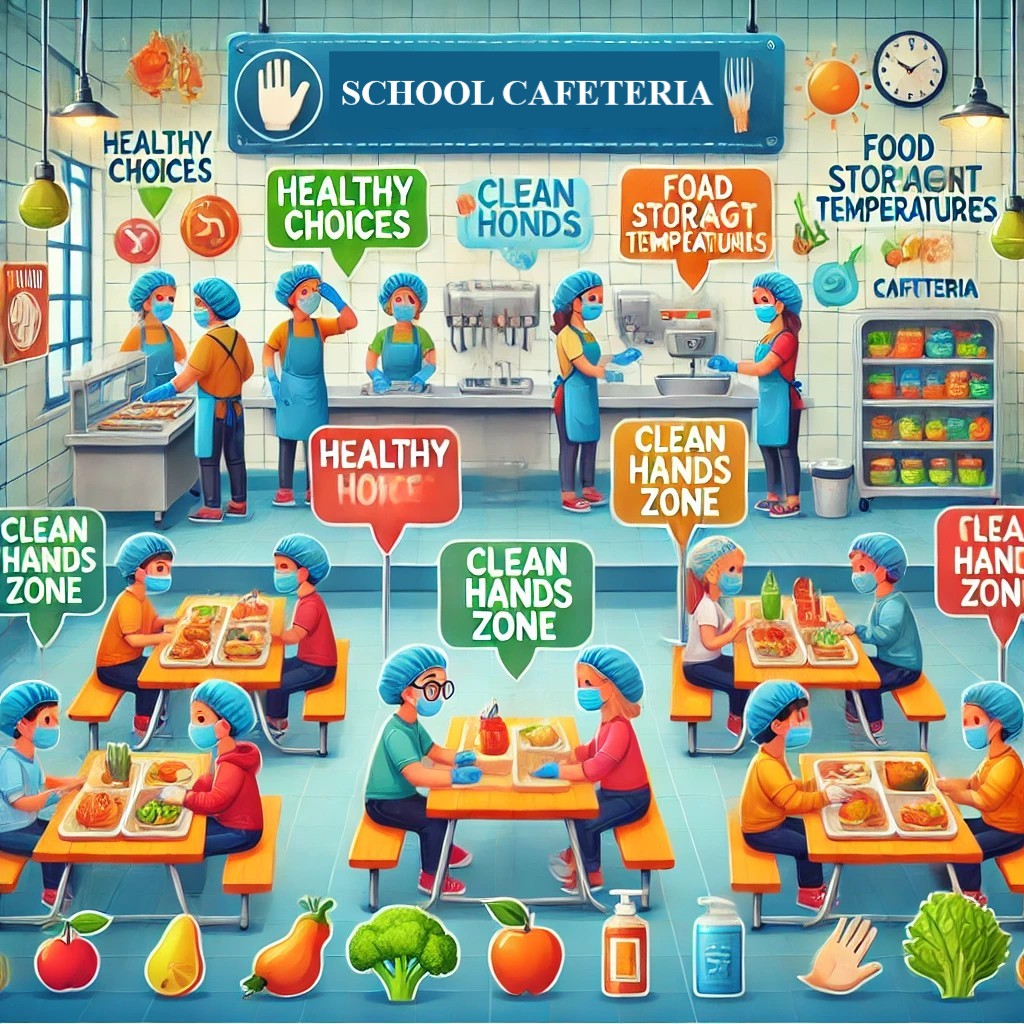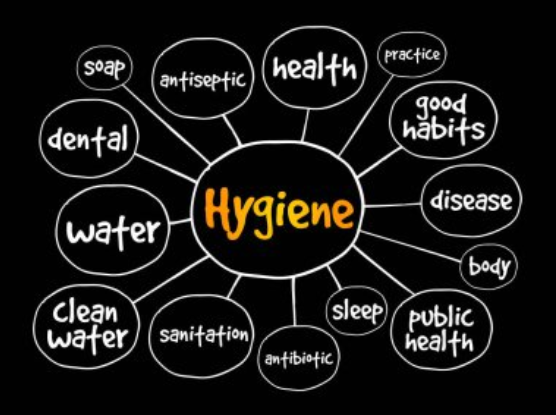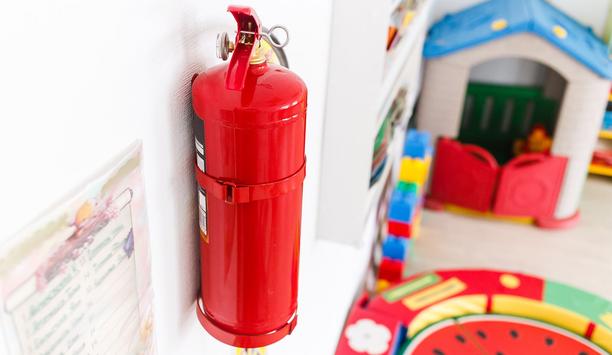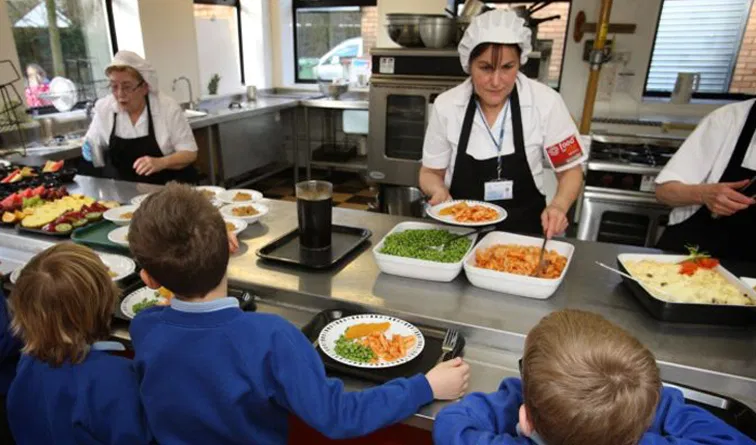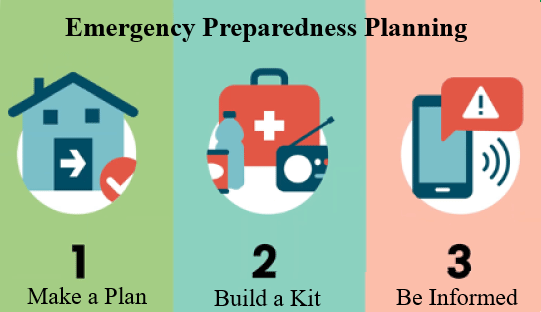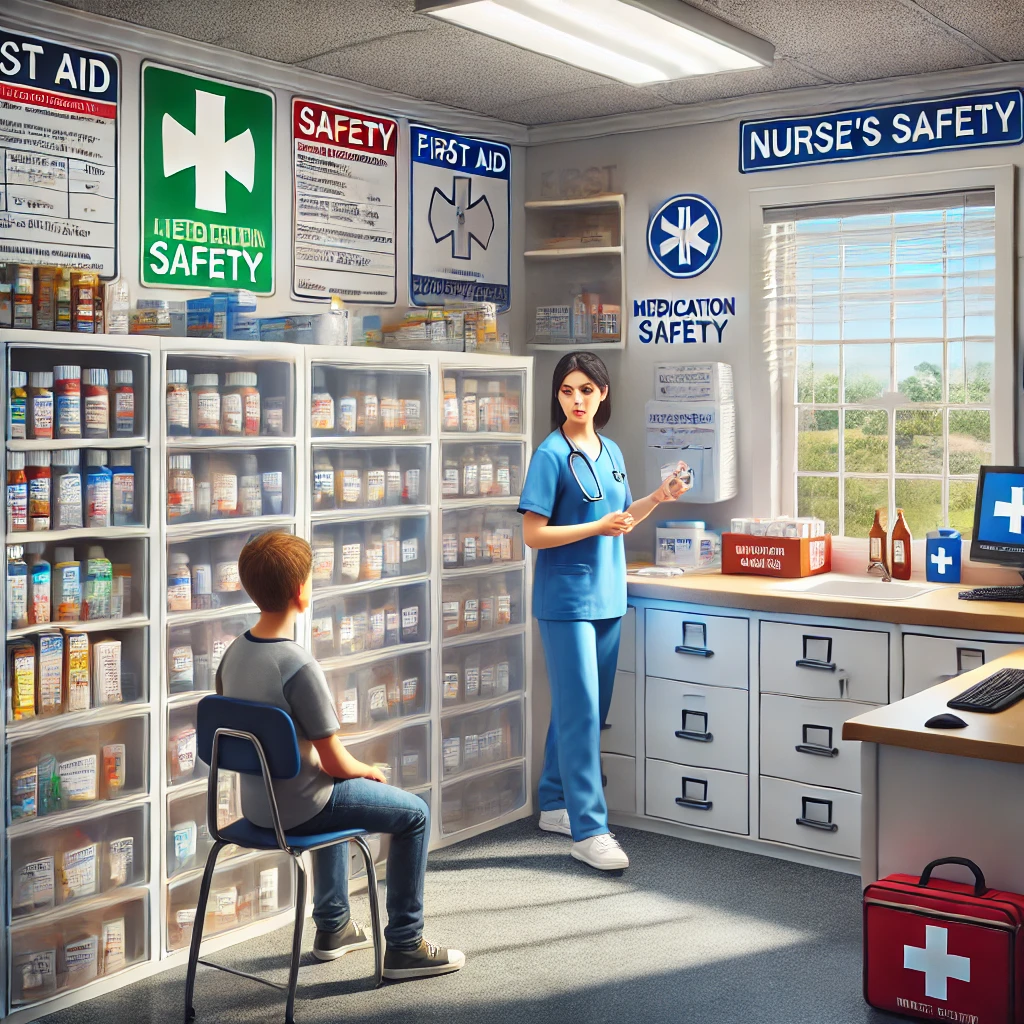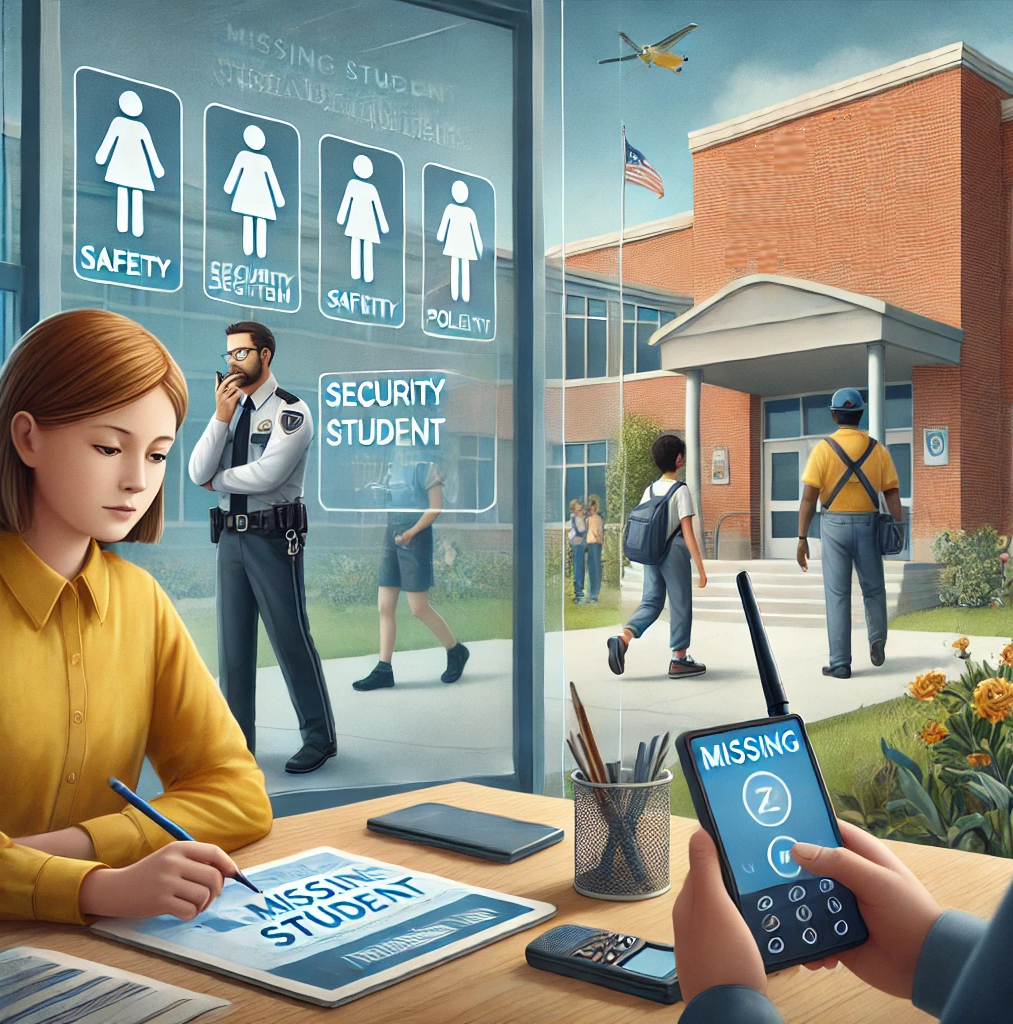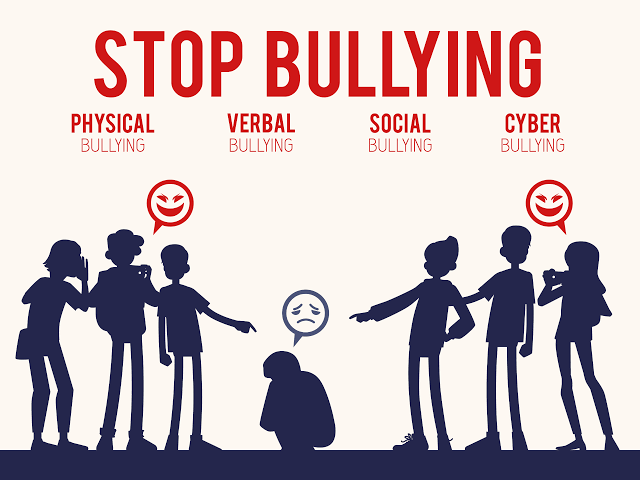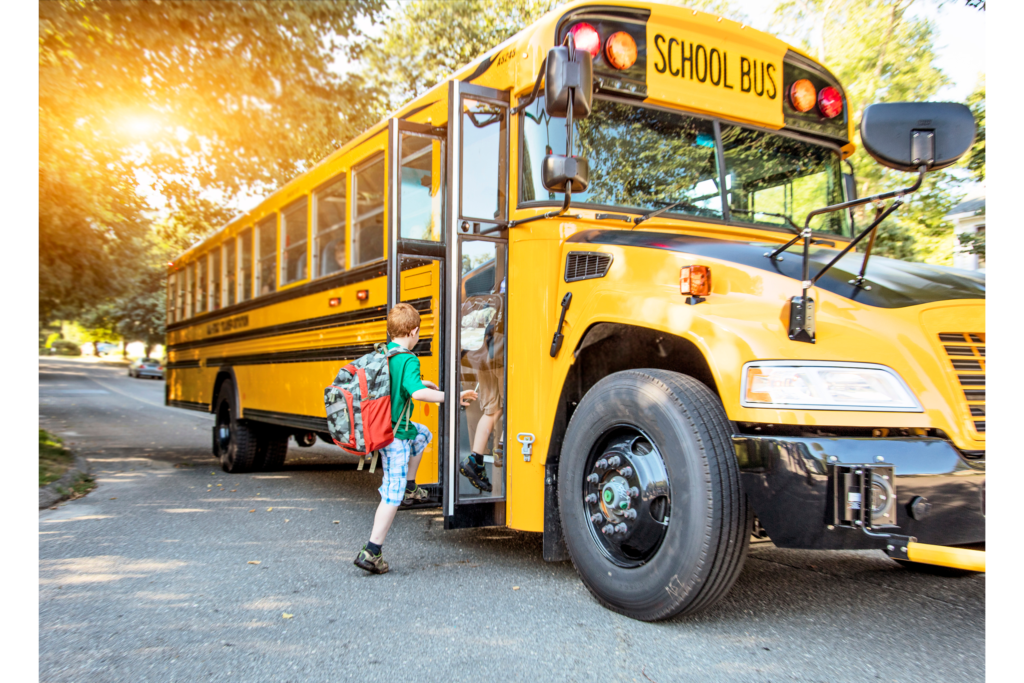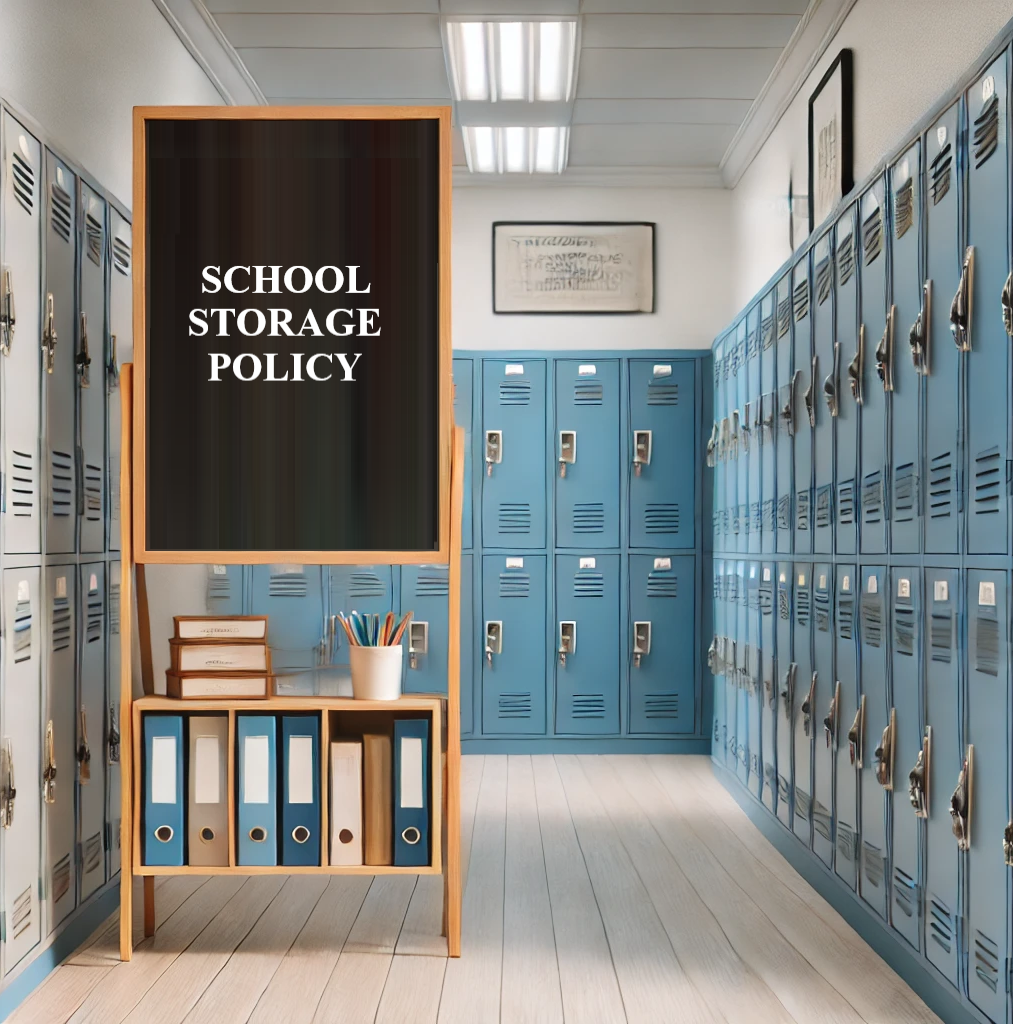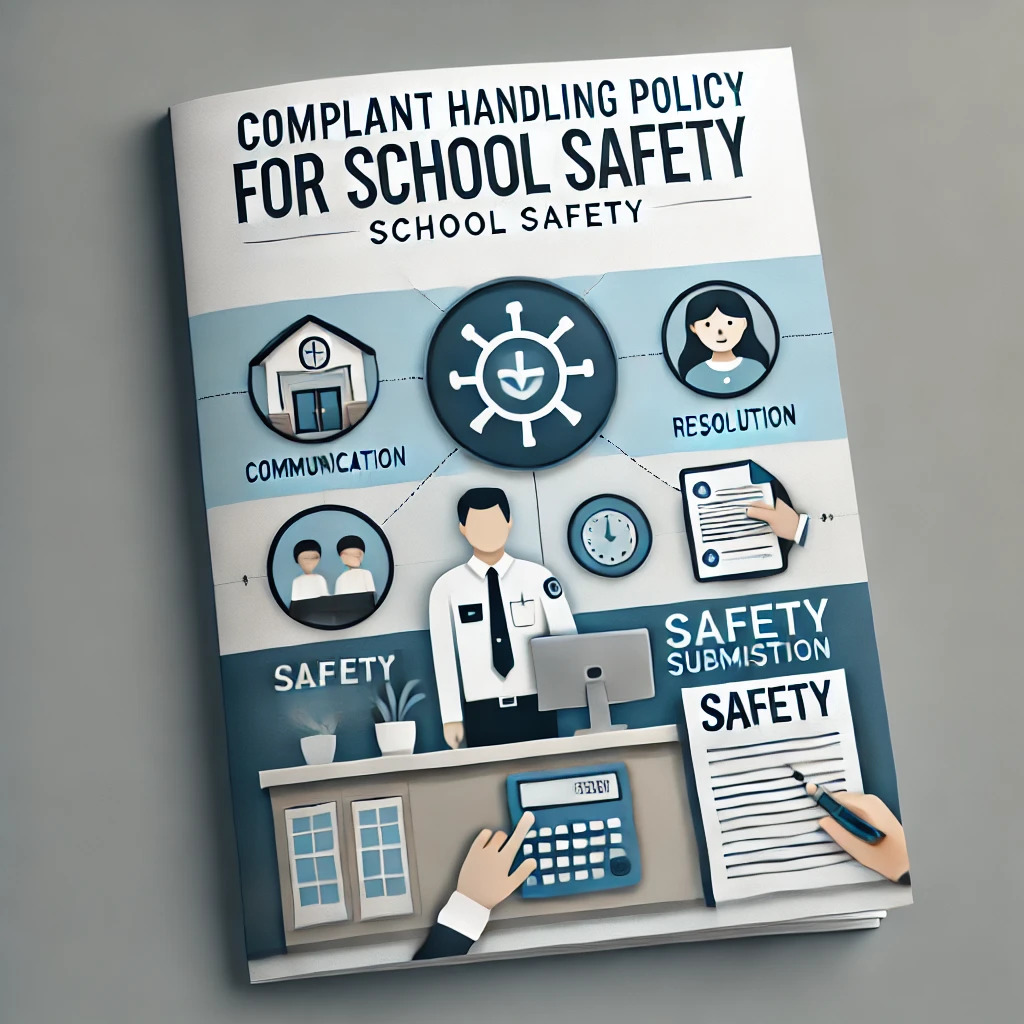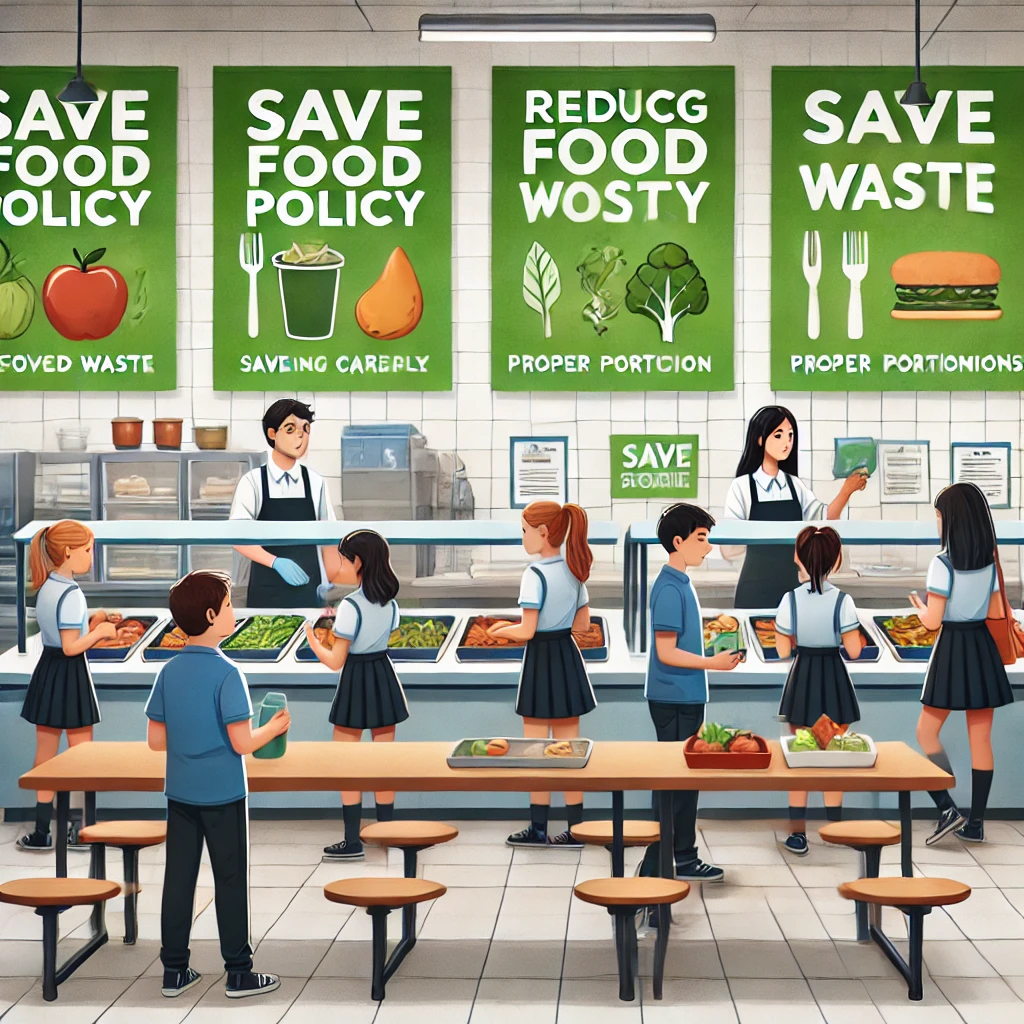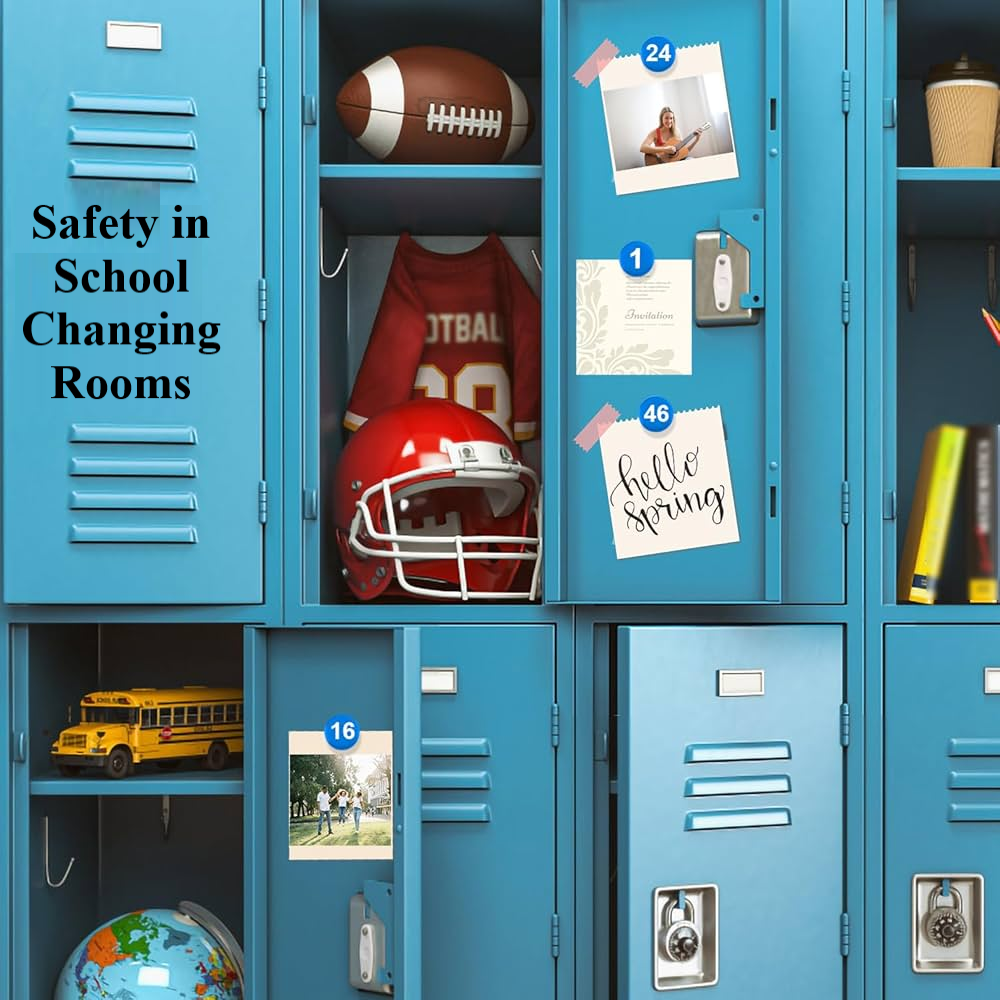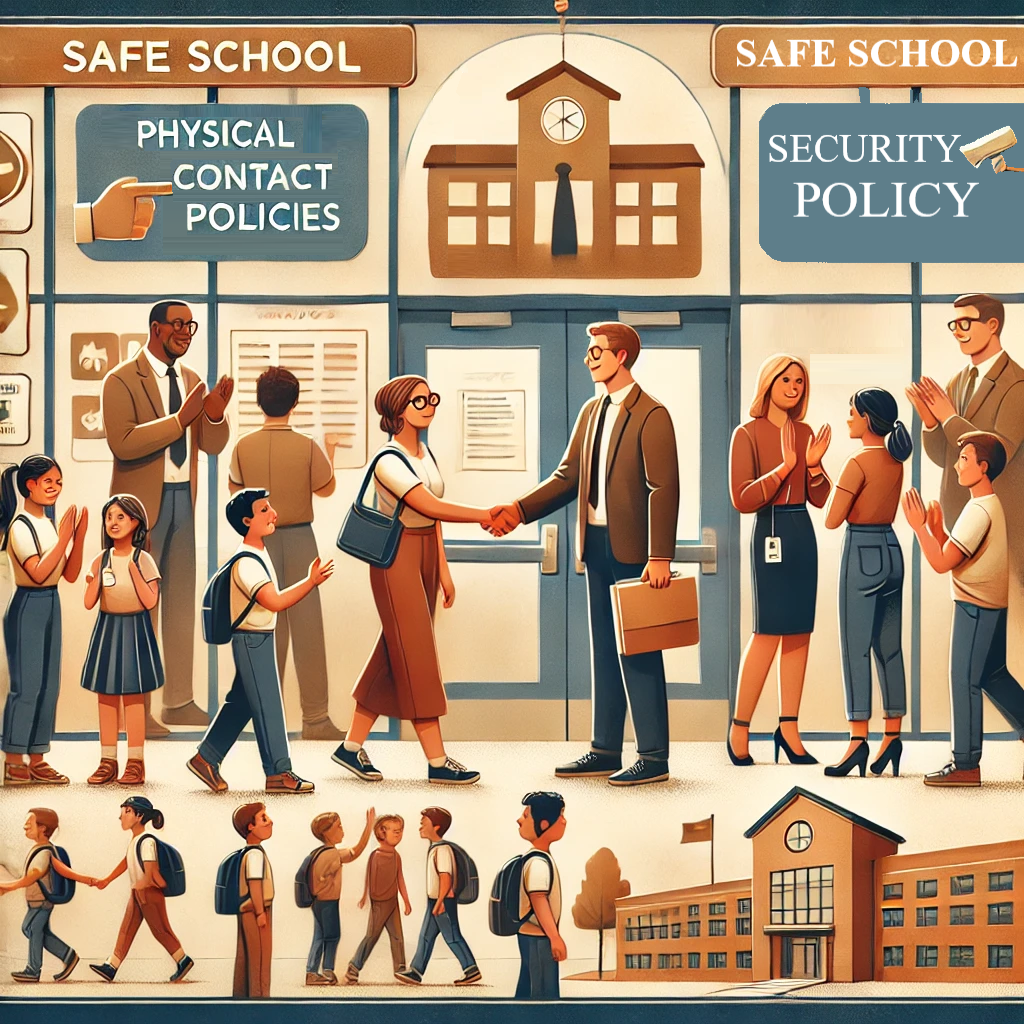Ensuring Safe Food Practices in School Cafeterias
School cafeterias
play a vital role in the educational ecosystem by providing students with
nutritious meals essential for their growth and learning. However, ensuring
food safety in these cafeterias is paramount to prevent foodborne illnesses and
maintain a healthy environment. A well-implemented food safety policy is the
foundation of a safe cafeteria.
1. Food Preparation
and Storage: A cornerstone of food safety is proper food preparation and storage. All
food served in school cafeterias should be cooked at the recommended
temperatures to eliminate harmful bacteria. For example, meats should be
thoroughly cooked, and perishable items like dairy products should be stored at
the correct temperatures to prevent spoilage. Additionally, leftover food
should never be reused without proper reheating and inspection.
2. Hygiene Standards
for Staff and Equipment: Cafeteria staff should adhere to strict hygiene
practices. This includes washing hands thoroughly before handling food, wearing
gloves, and using hairnets to prevent contamination. Regular cleaning and
sanitization of utensils, kitchen equipment, and preparation areas should be
non-negotiable. Using disposable serving utensils or regularly replacing
reusable ones also helps minimize the risk of cross-contamination.
3. Addressing
Allergens: Managing food allergens is another critical aspect of food safety.
Schools should implement allergen labeling on menus to inform students and
parents of potential risks. Creating designated allergen-free zones in the
cafeteria can also help protect students with severe allergies. For instance, a
table reserved for nut-free meals ensures that students with nut allergies can
dine safely.
4. Regular
Inspections and Training: Periodic health and safety inspections should be
conducted to ensure compliance with food safety standards. Furthermore,
cafeteria staff should receive ongoing training on safe food handling, storage
protocols, and identifying signs of food spoilage. Knowledgeable staff are the
first line of defense in preventing food-related incidents.
5. Encouraging
Student Awareness: Teaching students about food safety is equally important. Schools can
integrate basic hygiene education into the curriculum, emphasizing practices
such as washing hands before meals and recognizing spoiled food. When students
are aware of their role in maintaining food safety, the overall cafeteria
environment improves.
